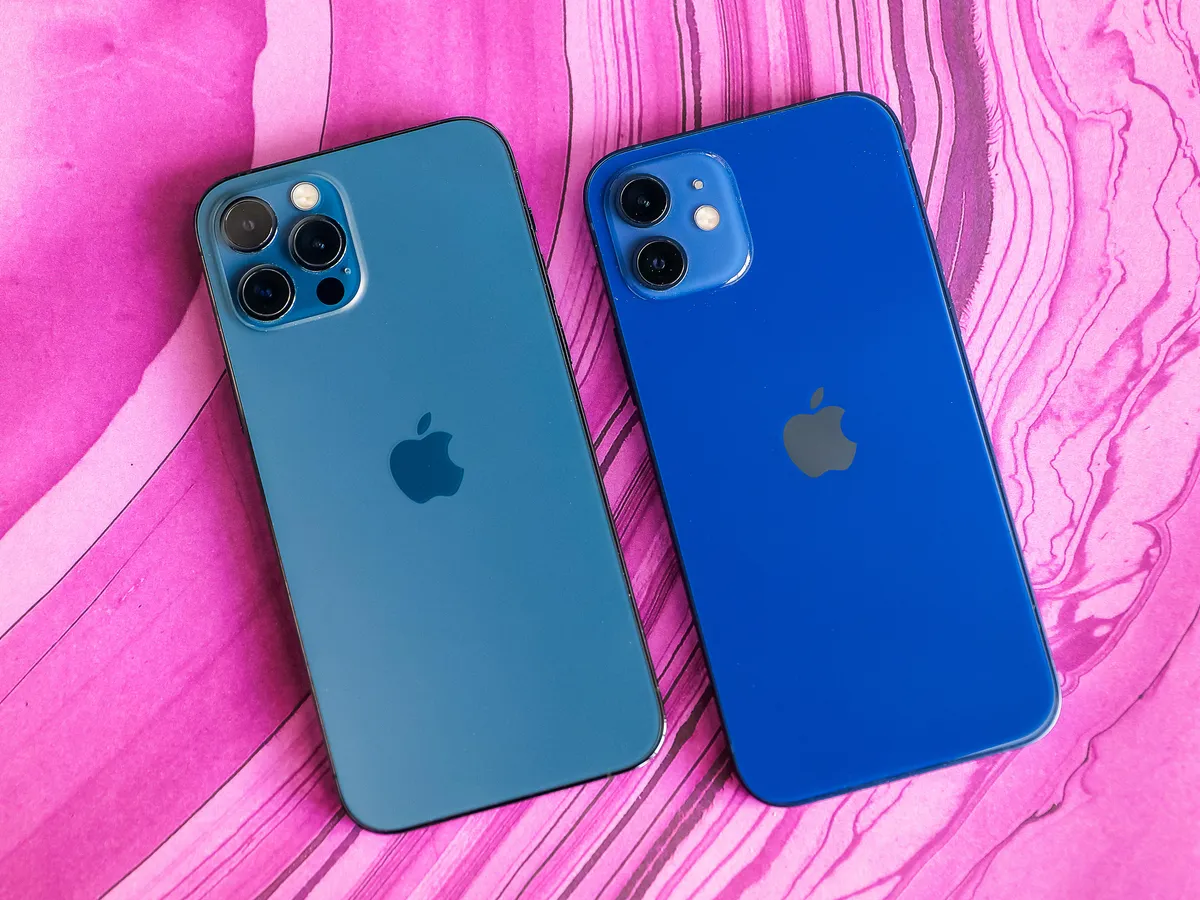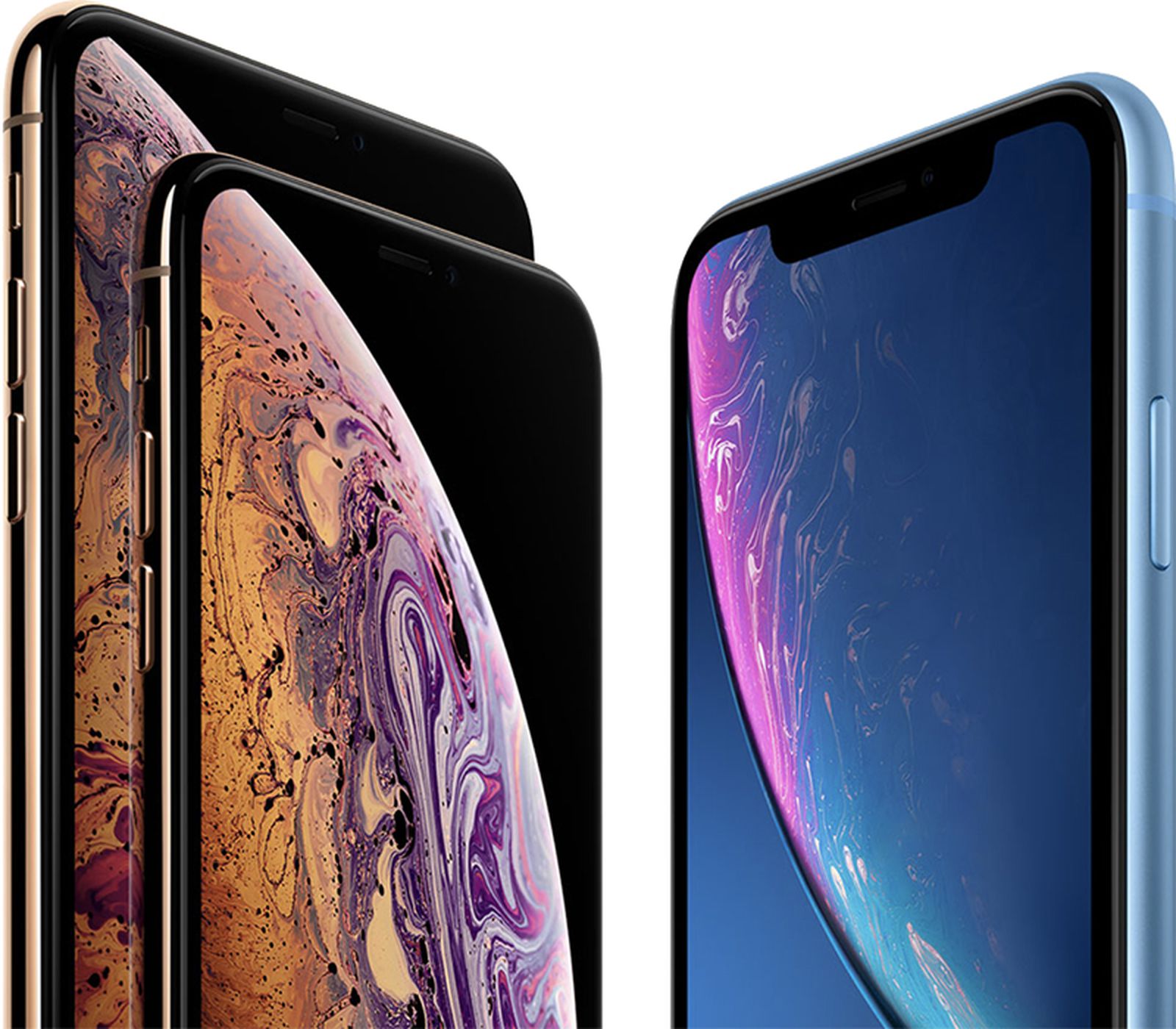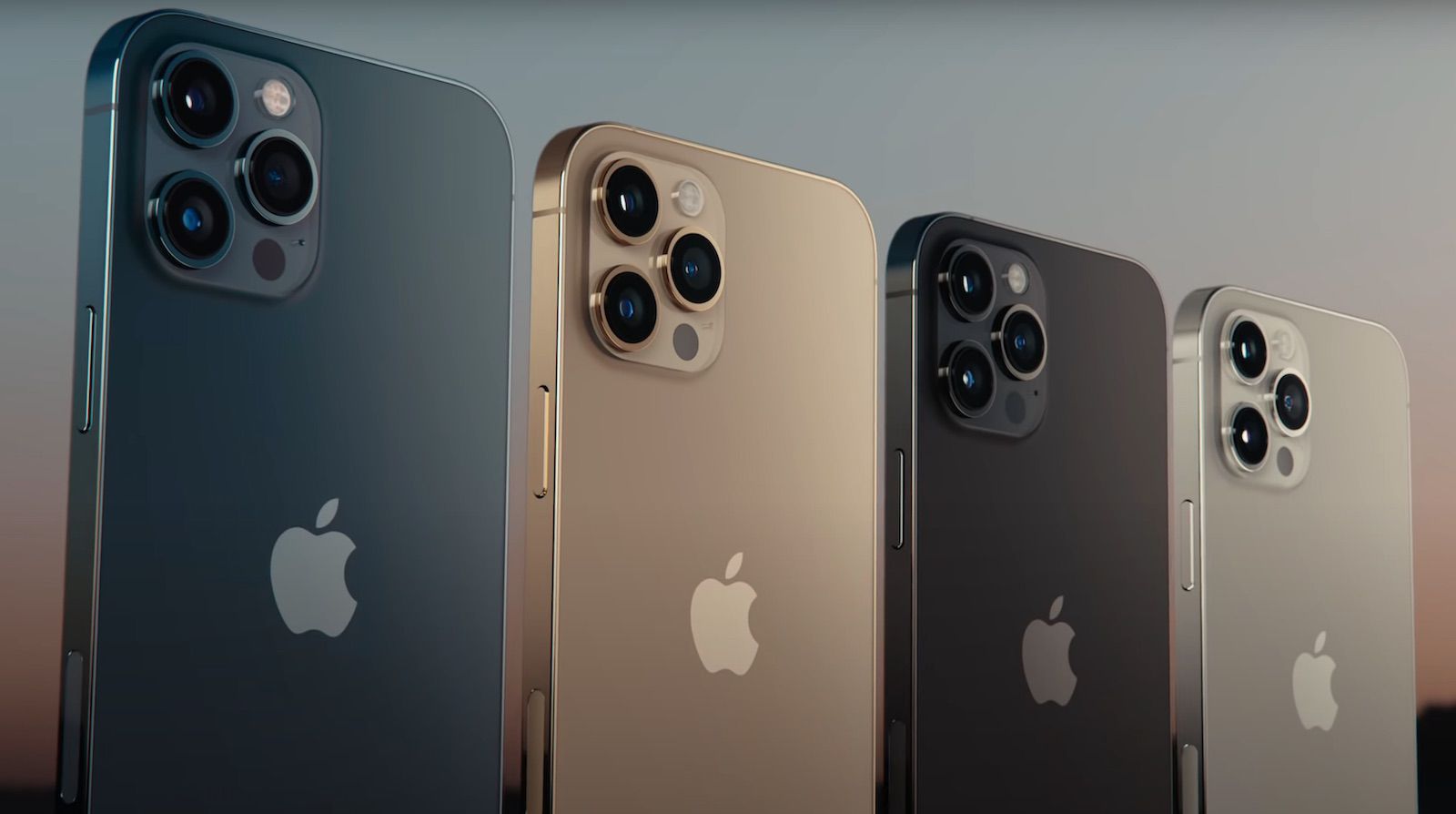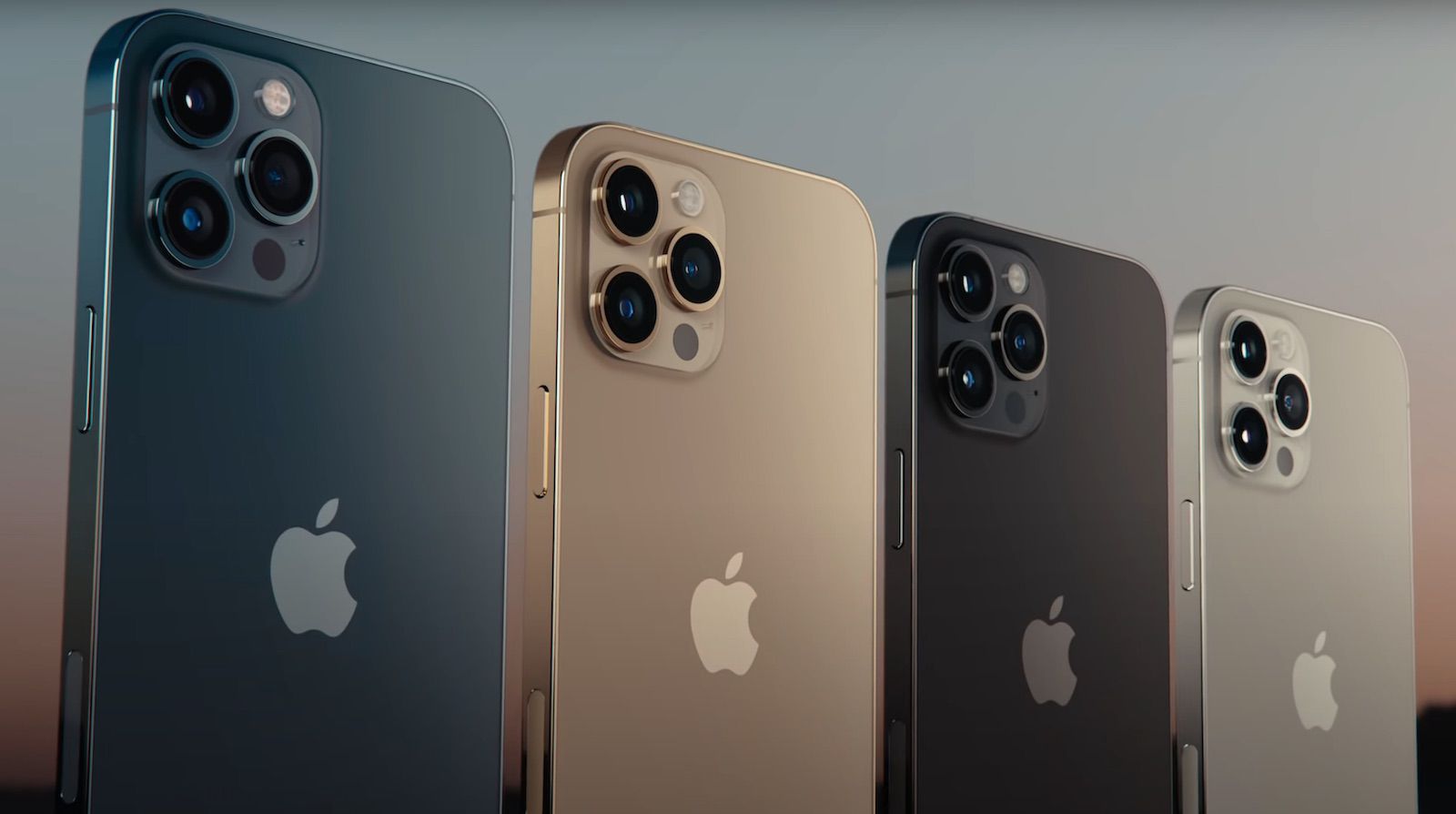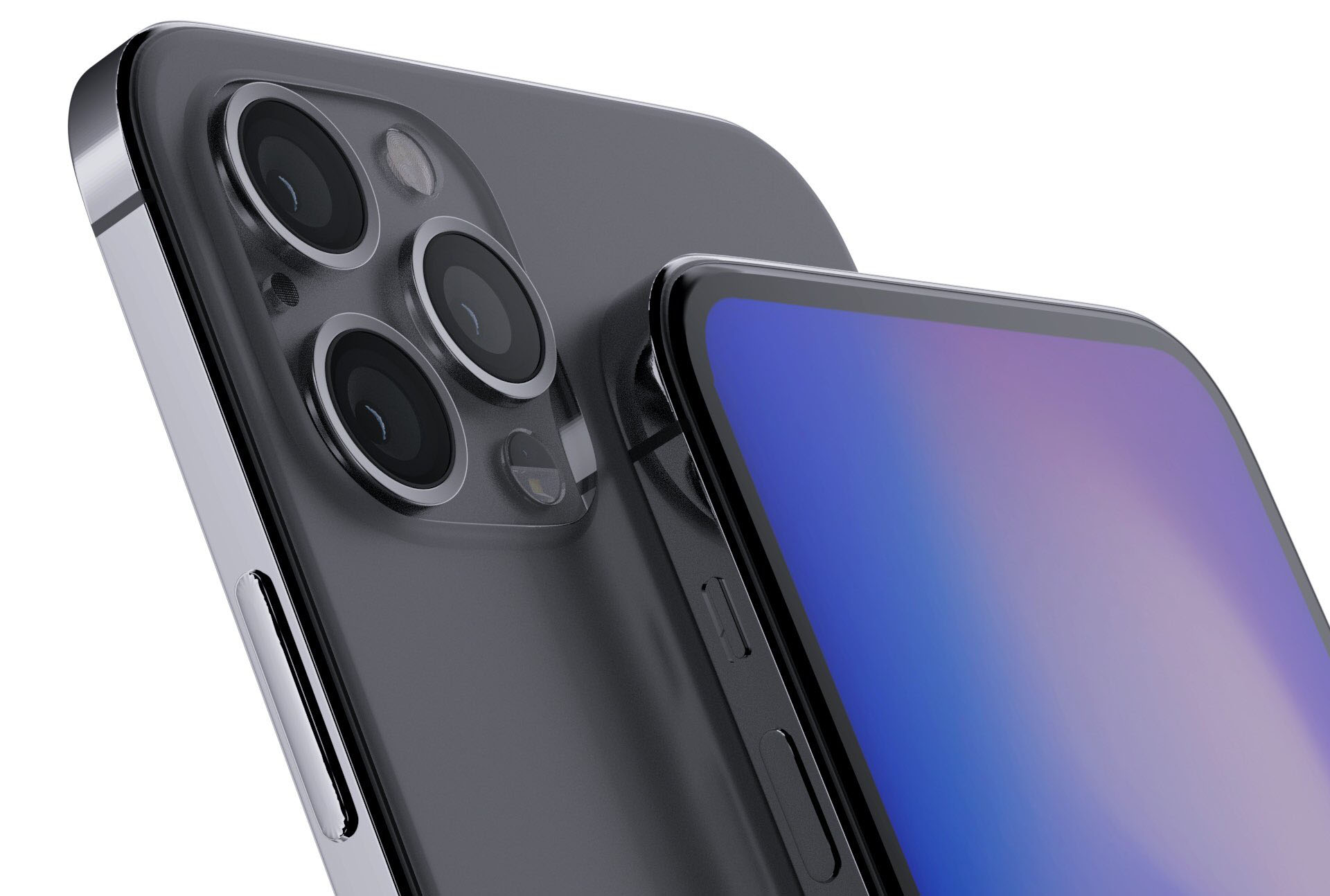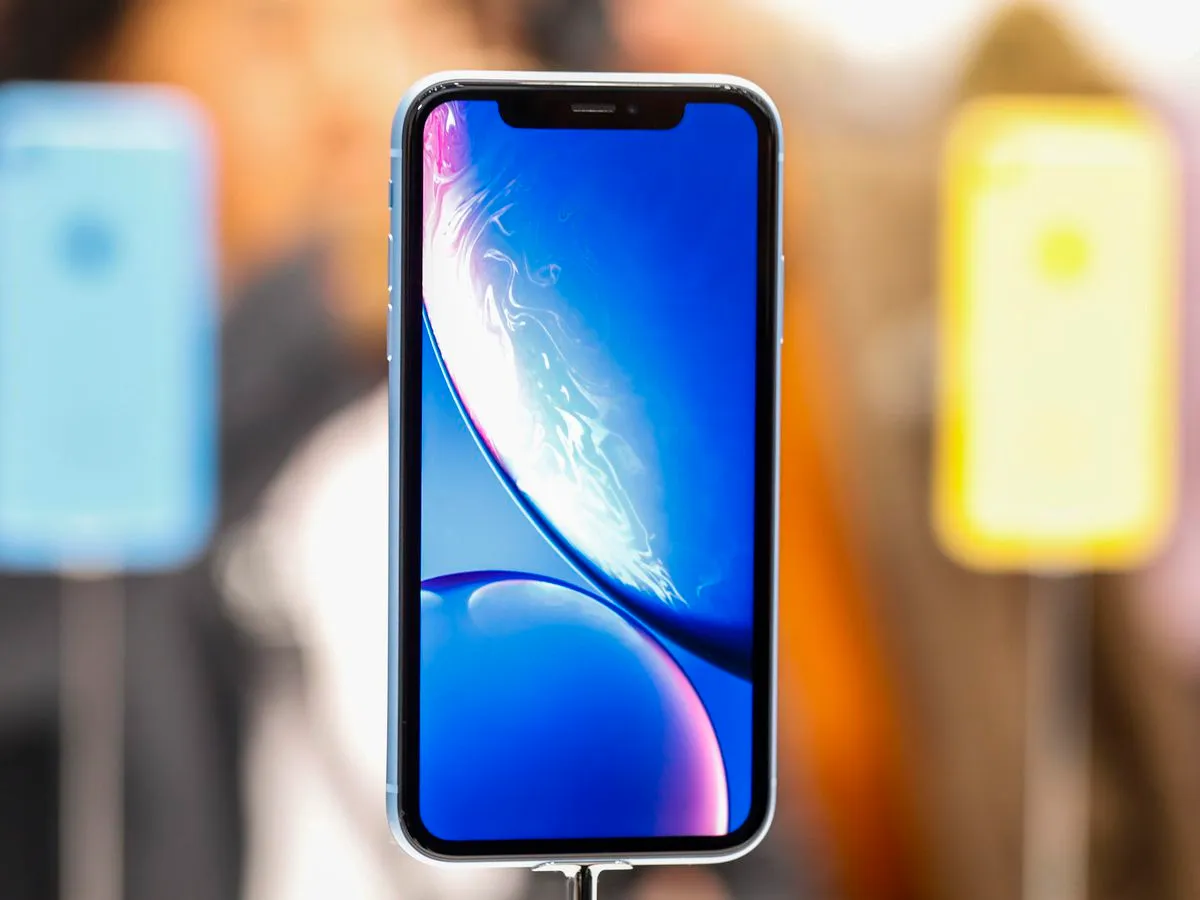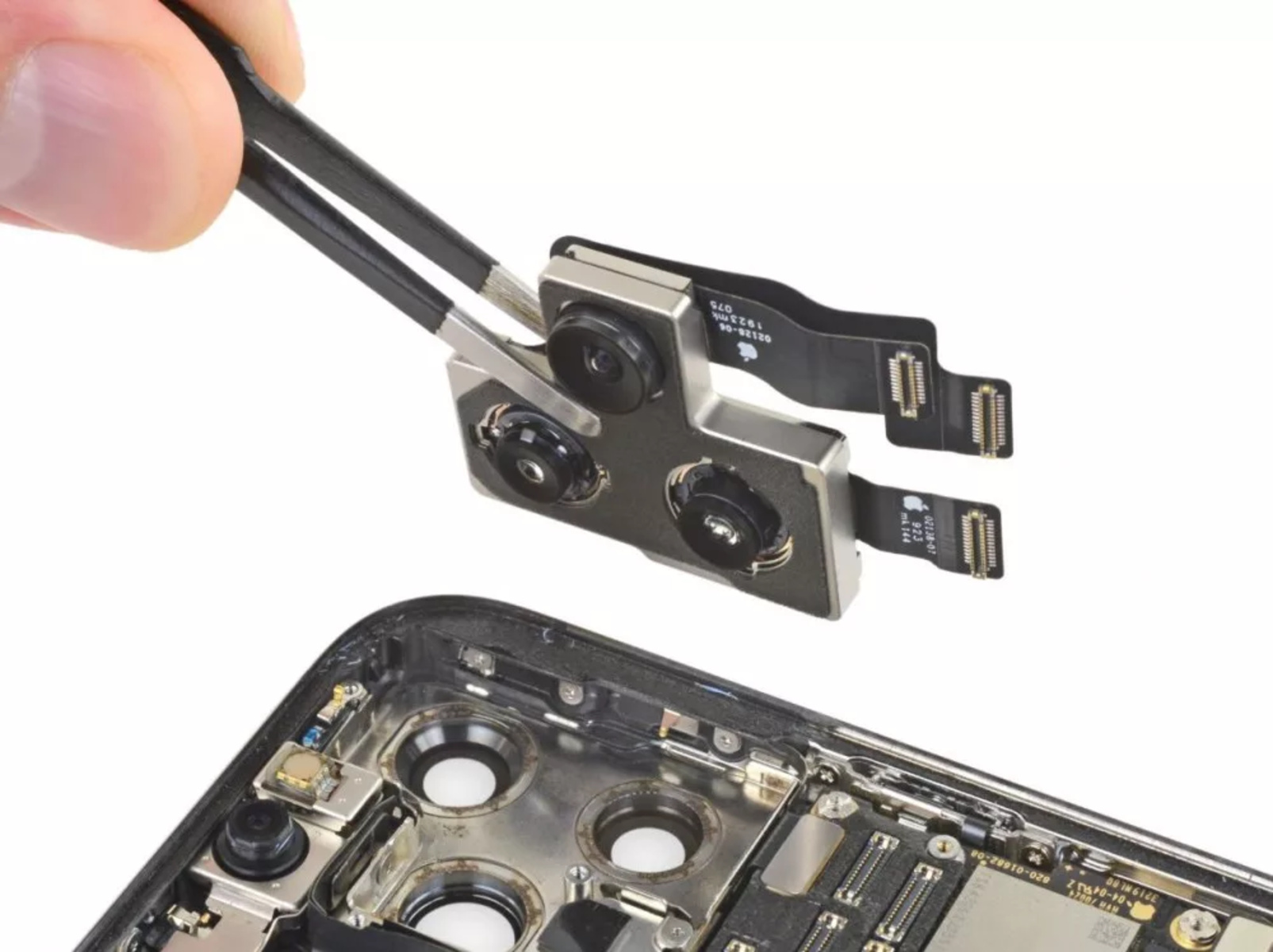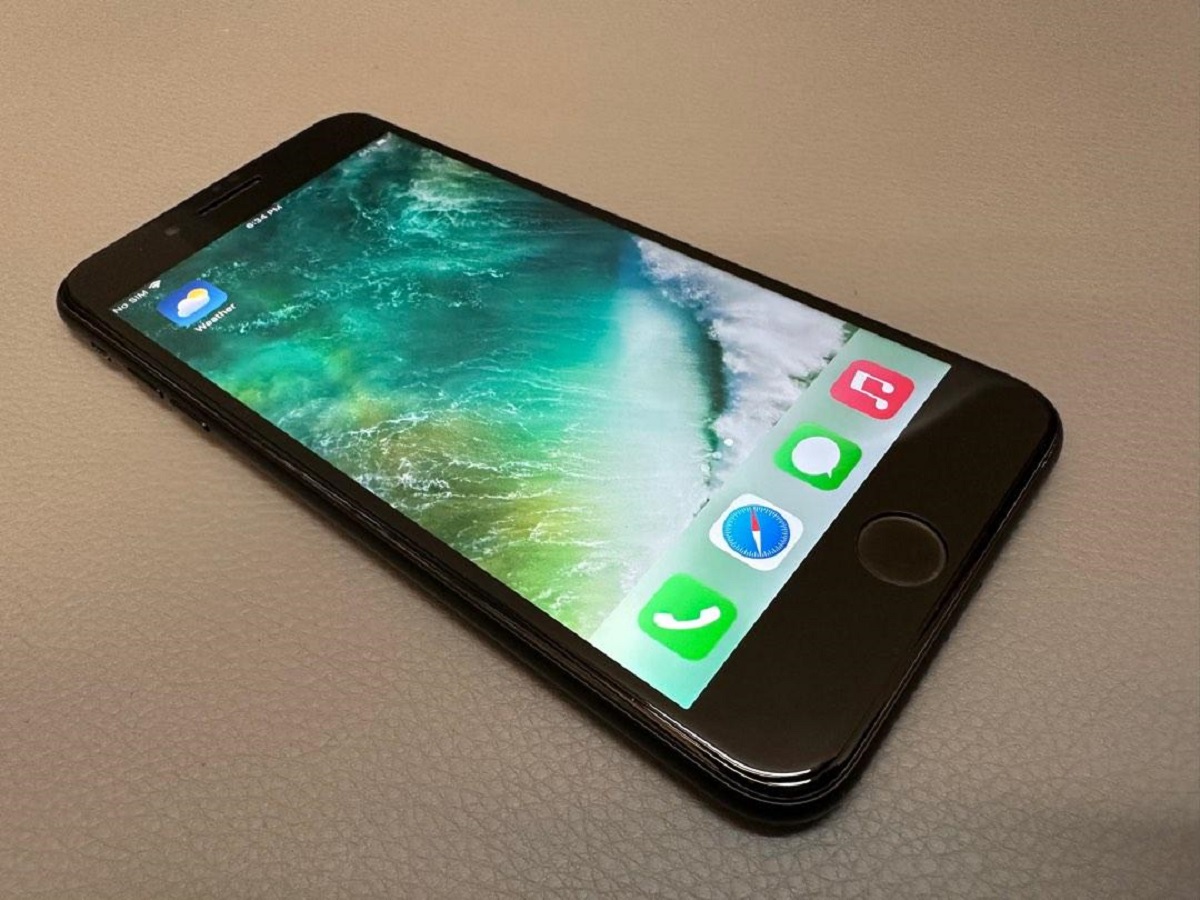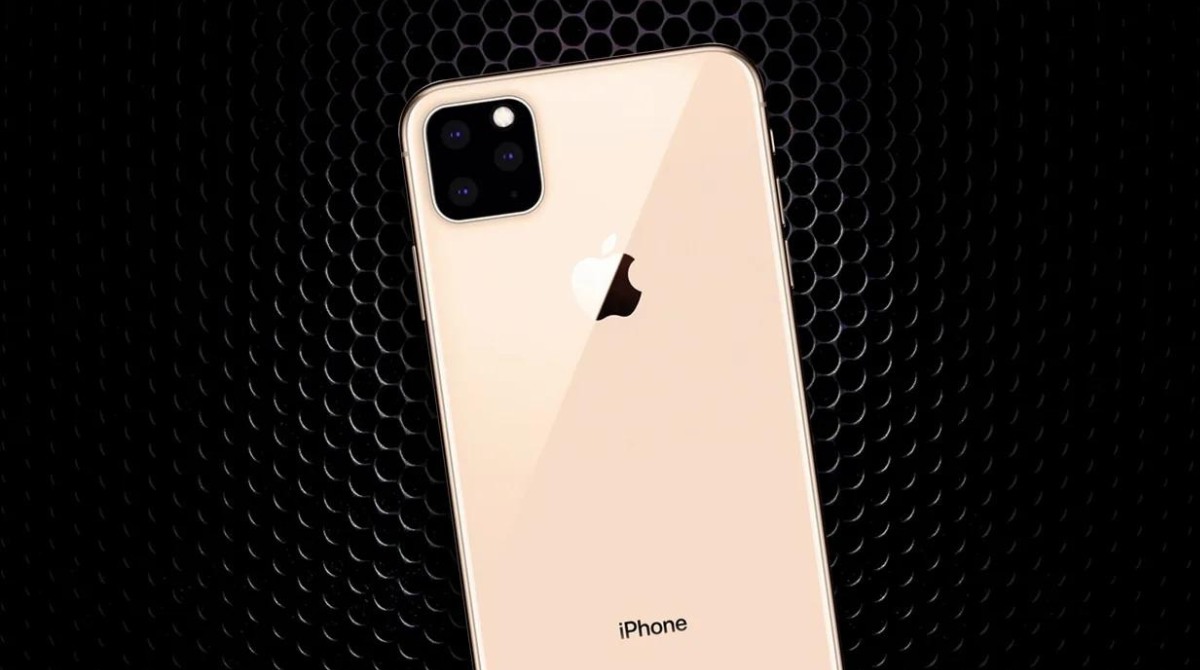Introduction
The iPhone 12, the latest addition to Apple’s iconic smartphone lineup, has generated quite a buzz in the tech community. With its stunning design, powerful processor, and advanced camera system, it’s no wonder that this device has captured the attention of tech enthusiasts and Apple fans alike.
But there’s one important aspect that often gets overlooked when discussing smartphones: the amount of RAM they have. RAM, or Random Access Memory, plays a crucial role in determining a device’s overall performance. It affects how quickly apps open, how many tasks can be performed simultaneously, and how smoothly the device operates.
In this article, we will delve into the world of iPhone 12’s RAM and explain its significance in the context of overall device performance. We will explore the amount of RAM the iPhone 12 boasts, discuss its implications on day-to-day usage, and compare it to previous iPhone models for a comprehensive understanding.
So, if you’re curious to find out how much RAM the iPhone 12 has and what it means for your user experience, read on.
RAM in the iPhone 12: Explained
RAM, or Random Access Memory, is a crucial component of any smartphone, including the iPhone 12. It serves as a temporary storage space for data that the device needs to access quickly. Unlike the device’s internal storage, which is used for long-term storage of files and applications, RAM provides temporary storage that is essential for smooth multitasking and app performance.
When you open an app or perform a task on your iPhone 12, it is loaded into RAM to ensure quick access and responsiveness. This allows you to switch between apps seamlessly and keep multiple apps running simultaneously. The more RAM your device has, the more data it can store in this temporary storage, enhancing its ability to handle intensive tasks without slowing down.
In addition to supporting multitasking, RAM also plays a crucial role in app performance. It allows apps to load faster, deliver smoother animations, and provide a seamless user experience. With sufficient RAM, you can expect your favorite apps to launch quickly and perform optimally, even if you have other resource-intensive tasks running in the background.
The amount of RAM in a smartphone is an important consideration for power users and those who engage in heavy multitasking or use resource-intensive apps. It determines the device’s ability to handle demanding tasks without compromising its performance. Apple understands this and has equipped the iPhone 12 with an ample amount of RAM to meet the needs of its demanding user base.
Now that we have a better understanding of the importance of RAM in the iPhone 12, let’s delve into the specifics of how much RAM this flagship device actually possesses.
Why is RAM important?
RAM, or Random Access Memory, plays a crucial role in determining the performance and user experience of a smartphone like the iPhone 12. Here are a few reasons why RAM is important:
- 1. App Performance: RAM enables apps to load quickly and run smoothly on your device. When an app is opened, it is stored temporarily in RAM, allowing for faster access and seamless multitasking. Sufficient RAM ensures that you can run multiple apps simultaneously without experiencing slowdowns or lag.
- 2. Multitasking: With ample RAM, you can switch between apps effortlessly and keep several apps running in the background without compromising their performance. Whether you’re browsing the web, playing games, or streaming media, having enough RAM ensures a seamless transition between tasks and enhances your productivity.
- 3. Faster Data Access: RAM allows your device to store and access data quickly. This means that when you open an app or perform a task, the necessary data is readily available in RAM, resulting in faster load times and smoother performance.
- 4. Smooth User Experience: A device with sufficient RAM ensures a smooth and responsive user experience. Whether you’re navigating through the device’s interface, scrolling through social media feeds, or interacting with apps, having enough RAM helps prevent lag, stuttering, and app crashes.
- 5. Future-proofing: As technology advances and apps become more resource-intensive, having ample RAM ensures that your device can handle the demands of newer software updates and applications. Investing in a device with sufficient RAM allows for a longer lifespan and better performance over time.
Overall, RAM is a critical component that impacts how your iPhone 12 performs and handles everyday tasks. It is a key factor in ensuring smooth multitasking, faster app performance, and an enjoyable user experience.
How much RAM does the iPhone 12 have?
The amount of RAM a smartphone has can significantly impact its performance and ability to handle resource-intensive tasks. When it comes to the iPhone 12, Apple has equipped this flagship device with an impressive amount of RAM.
Based on various sources and teardown reports, the iPhone 12 models, including the iPhone 12, iPhone 12 mini, iPhone 12 Pro, and iPhone 12 Pro Max, are believed to come with different RAM configurations depending on the specific model.
The iPhone 12 and iPhone 12 mini are reported to have 4 GB of RAM. While this may seem relatively modest compared to some Android counterparts, Apple has consistently optimized its iOS software to work efficiently with its hardware, maximizing performance even with lower RAM specifications.
On the other hand, the iPhone 12 Pro and iPhone 12 Pro Max are rumored to come with 6 GB of RAM. This increase in RAM capacity provides additional headroom for handling demanding tasks such as graphic-intensive gaming and advanced video editing.
It’s important to note that Apple does not explicitly disclose the amount of RAM in its devices, so these figures are based on industry speculation and teardown analysis.
Despite having seemingly lower RAM specifications compared to certain Android devices, the optimization of iOS and the integration of Apple’s powerful A14 Bionic chip ensure that the iPhone 12 models deliver exceptional performance and smooth multitasking capabilities.
While RAM is an important consideration when it comes to a device’s performance, it’s worth noting that Apple’s expertise in hardware-software integration allows them to maximize the efficiency of their devices, even with seemingly lower RAM configurations.
Now that we know how much RAM the iPhone 12 models have, let’s explore the implications of this RAM capacity on their overall performance.
Performance implications of iPhone 12’s RAM
The amount of RAM in a smartphone like the iPhone 12 has a direct impact on its overall performance and user experience. While the iPhone 12 may have lower RAM specifications compared to some Android devices, Apple’s optimization and hardware-software integration ensure that it delivers exceptional performance. Here are the performance implications of the iPhone 12’s RAM:
1. Efficient Resource Management: Apple’s iOS is known for its efficient resource management. It intelligently allocates RAM to different apps and processes based on their priority and usage. This means that even though the iPhone 12 may have relatively lower RAM specifications, the operating system effectively utilizes the available resources, resulting in smooth performance and minimizing background app refreshing.
2. Seamless Multitasking: With its optimized operating system and hardware, the iPhone 12 can effectively handle multitasking. Despite having lower RAM than some Android devices, the iOS ecosystem allows users to switch between apps seamlessly without experiencing significant slowdowns or the need for excessive RAM resources.
3. App Performance: The integration of Apple’s powerful A14 Bionic chip, combined with the efficient use of RAM, ensures that apps on the iPhone 12 load quickly and run smoothly. The device can handle resource-intensive applications such as video editing, gaming, and augmented reality without compromising performance.
4. Smooth User Experience: The iPhone 12’s optimized hardware and software integration result in a smooth and responsive user experience. Whether you’re browsing the web, scrolling through social media feeds, or using demanding apps, the device delivers excellent performance, thanks to the seamless coordination between the A14 Bionic chip and the available RAM.
5. Gaming and Graphic Intensive Tasks: The iPhone 12’s RAM configuration, combined with the powerful A14 Bionic chip, allows for a remarkable gaming experience and smooth handling of graphic-intensive tasks. With its optimized performance, the device can handle demanding games and graphic editing apps without compromising on speed or responsiveness.
The iPhone 12’s performance implications highlight the synergy between hardware and software optimization. While it may have lower RAM specifications compared to some Android devices on paper, Apple’s expertise in integrating hardware and software results in a device that delivers exceptional performance and user experience.
Next, let’s explore how the iPhone 12 manages and utilizes its RAM resources efficiently.
RAM management on the iPhone 12
Efficient RAM management is crucial for ensuring smooth performance and optimal resource allocation on any smartphone, including the iPhone 12. Apple’s iOS operating system is designed to intelligently handle RAM and prioritize resource allocation. Here’s how RAM management works on the iPhone 12:
1. App Suspension: When you switch between apps on the iPhone 12, iOS intelligently suspends apps that are not actively being used. This means that these apps are temporarily stored in RAM, allowing them to be quickly resumed when you return to them. App suspension helps free up memory resources and ensures that apps don’t consume unnecessary RAM when they are not in use.
2. Background App Refresh: iOS manages background app refresh to optimize RAM usage. It prioritizes the most important and frequently used apps for background refresh while restricting resource usage for less frequently used apps. This ensures that apps running in the background don’t consume excessive RAM, leading to a more efficient utilization of available resources.
3. Intelligent Resource Allocation: iOS dynamically allocates RAM to different apps, processes, and system tasks based on their priority and resource requirements. It constantly evaluates the resource needs of running apps and allocates RAM accordingly. This allows the iPhone 12 to deliver a smooth user experience and ensure that critical tasks have the necessary resources while avoiding unnecessary consumption of RAM.
4. Memory Compression: iOS uses advanced memory compression techniques to maximize the available RAM resources. It compresses the data stored in RAM to free up space for more apps, processes, and tasks. This helps in efficient RAM management, allowing the iPhone 12 to handle multitasking with ease and prevent excessive memory usage.
5. Automatic Purge of Unresponsive Apps: If an app on the iPhone 12 becomes unresponsive or consumes excessive resources, the iOS system automatically identifies and terminates such apps to free up RAM. This ensures that the device’s performance remains unaffected by problematic or resource-hungry apps.
Overall, RAM management on the iPhone 12 is handled efficiently by the iOS operating system. Through app suspension, background app refresh optimization, intelligent resource allocation, memory compression, and automatic app purge, the device ensures that RAM resources are effectively utilized, resulting in a smooth and responsive user experience.
Now, let’s compare the RAM capacity of the iPhone 12 with previous iPhone models to provide a broader perspective.
Comparison with previous iPhone models
Understanding the RAM capacity of the iPhone 12 becomes more meaningful when compared to the RAM configurations of previous iPhone models. Let’s take a look at how the iPhone 12 stacks up against its predecessors:
iPhone 11: The iPhone 11, released in 2019, is reported to have 4 GB of RAM, similar to the base iPhone 12 and iPhone 12 mini models. This means that users upgrading from the iPhone 11 to the iPhone 12 may not notice a significant difference in terms of RAM capacity.
iPhone 11 Pro and iPhone 11 Pro Max: The iPhone 11 Pro and iPhone 11 Pro Max, also launched in 2019, were equipped with 6 GB of RAM, which is the same as the reported RAM configuration of the iPhone 12 Pro and iPhone 12 Pro Max. Users transitioning from the iPhone 11 Pro models to their respective iPhone 12 counterparts will experience similar RAM capacity.
iPhone XS and iPhone XS Max: The iPhone XS and iPhone XS Max, released in 2018, were equipped with 4 GB of RAM, which aligns with the RAM capacity of the base iPhone 12 and iPhone 12 mini models. Therefore, users upgrading from the iPhone XS models to the iPhone 12 will not see a significant change in terms of RAM capacity.
iPhone XR: The iPhone XR, launched in 2018, came with 3 GB of RAM, which is lower than the RAM capacity of the iPhone 12 lineup. Upgrading from the iPhone XR to any of the iPhone 12 models will provide users with more RAM, resulting in improved multitasking capabilities and app performance.
It’s worth noting that while the RAM capacity may vary among different iPhone models, Apple’s optimized hardware-software integration ensures that all of these devices deliver excellent performance and user experience. The iOS operating system is designed to utilize the available RAM efficiently and allocate resources based on priority and usage.
Transitioning from previous iPhone models to the iPhone 12 will likely result in an overall improvement in performance and capabilities, thanks to the advancements in hardware and software integration, despite potential differences in RAM capacity.
With the RAM capacity of the iPhone 12 and its comparison to previous iPhone models in mind, let’s conclude this article by summarizing the insights we have covered.
Conclusion
The iPhone 12, with its sleek design, powerful processor, and advanced camera system, has garnered significant attention in the tech world. While the amount of RAM in a smartphone may not be the most glamorous aspect to discuss, it plays a crucial role in determining performance and user experience.
In this article, we explored various aspects of the iPhone 12’s RAM, including its importance, the specific RAM configurations of different models, and the performance implications of its RAM capacity. Despite potentially lower RAM specifications compared to some Android devices, Apple’s optimization and hardware-software integration ensure that the iPhone 12 delivers exceptional performance and seamless multitasking capabilities.
RAM management on the iPhone 12 is efficiently handled by the iOS operating system, which intelligently allocates resources, suspends apps as needed, and ensures smooth performance even with lower RAM configurations. Apple’s expertise in optimizing their hardware and software results in a device that delivers a consistently smooth and responsive user experience.
When comparing the iPhone 12’s RAM capacity to previous iPhone models, it becomes clear that Apple has maintained a similar RAM configuration across different generations. While users upgrading from certain models may not notice a significant increase in RAM, they can still expect improved performance and capabilities due to overall advancements in hardware and software integration.
Ultimately, when considering the iPhone 12, it’s important to look beyond the numbers and focus on the overall user experience. Apple’s dedication to optimization, combined with the powerful A14 Bionic chip, ensures that the iPhone 12 offers impressive performance, fast app loading times, and seamless multitasking capabilities.
Whether you’re a tech enthusiast, a professional, or a casual user, the iPhone 12’s RAM capacity contributes to an excellent smartphone experience that can handle the demands of modern-day tasks and applications with ease.







